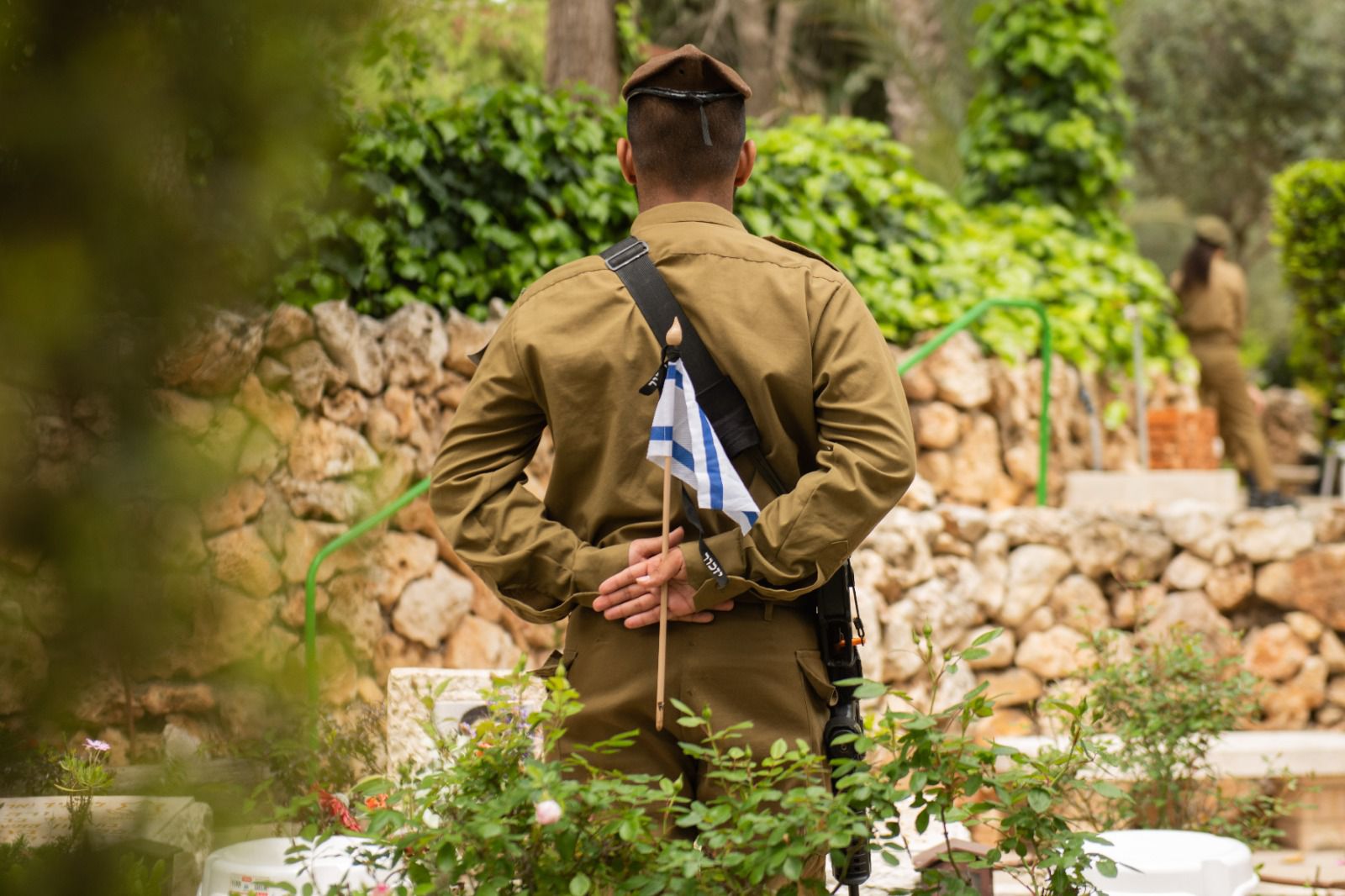Some critics wrongly label our self-defense on the 13th of Adar as a massacre. This false claim emerges from a superficial reading of Megillat Esther (perek 9).
The Looming Threat
Even after the dramatic plot is resolved—Esther reveals her Jewish identity, Haman is killed and Mordechai becomes the “mishneh lamelech”—“Jew Extermination Day” on the 13th of Adar remains in effect. Fortunately, Mordechai’s reputation spreads far and wide in the Persian empire, and along with the counter-decree enabling the Jews to defend themselves, kill their enemies and seize their property, this causes most Haman supporters to switch their allegiance. Like Charvonah (as discussed in the chapter “Charvonah”), most of those formerly ready to annihilate us now shift to our side, as stated in 8:17.
Nonetheless, a significant group of hard-core Jew-haters—led by Haman’s 10 sons—were posed to attack (Esther 9:1), and a mortal threat remained. Therefore, the Jews killed 800 enemies in Shushan (on the 13th and 14th), Haman’s 10 sons and 75,000 enemies in the rest of the Persian empire, a necessary act of self-defense.
Let us not underestimate the danger posed by Haman’s 10 sons. We may fairly describe them as the equivalent of Hitler’s lieutenants. Esther’s request to hang them reflects the appeal they still had to their hard-core supporters. Despite Esther and Mordechai’s rise to power, the 10 sons led a significant group of Jew-haters willing to implement Haman’s original decree. While Achashverosh gave us the right to self-defense, he did not order his soldiers to help us. As a result, we were left on our own to defend ourselves.
When President Truman—on May 14, 1948—recognized the State of Israel six minutes after we declared independence, but refused to commit American troops to protect us, we were on our own to face the onslaught of multiple Arab armies on four fronts. When President Johnson—in June 1967—told Israel’s Foreign Minister Abba Eban that he did not object to Israel defending itself, but was unwilling to send armed forces to help us, we were left to fight on our own. Similarly, if we did not protect ourselves, we would have met our demise on the 13th of Adar. The Jews in mandatory Palestine—in the wake of unrelenting Arab attacks and British inaction in our defense—formed the Haganah so we could survive. Our situation described in perek 9 of Megillat Esther was no different.
Pure Self-Defense
Achashverosh gave us the right to defend ourselves against “hatzerim otam—our enemies,” (Esther 8:11). The Jews, in turn, attacked only “mevakshei ra’atam—those seeking to harm us,” (Esther 9:2) and “soneihem—staunch Jew-haters,” (Esther 9:5 and 9:16). Interestingly, the counter-decree allowed us “l’hinakeim mei’oyveihem—to avenge our enemies,” (Esther 8:13). We were even allowed to kill their women and children and grab their property (Esther 8:11).
However, perek 11 states that we attacked our enemies, but makes no mention of our harming their wives and children. Perek 9 mentions no less than three times that we did not seize our enemies’ property (in each self-defense phase). When Esther 9:2 records, “Vish lo amad lifneihem—no one opposed us,” it refers only to the Persian empire subjects who became bystanders, and not to the entrenched Jew-haters. Alternatively, the entrenched Jew-haters were overcome with fear allowing us to preemptively eliminate them before they eliminated us.
A Misguided Critique
A critic writes that the Jews at the end of the Megillah “are the ones slaughtering tens of thousands of terrified Persians—so many that Esther has to ask permission to continue on the 14th, because they needed more time. It was a persecuted Jew in exile’s violent fantasy of revenge.”
This characterization misguidedly labels the enemies we eliminated as “terrified Persians,” as if they were innocent and we acted wrongly by killing them. Quite to the contrary, the Jews took the necessary steps to defend themselves in a situation in which they were in mortal danger. Moreover, the Jews defended themselves in a measured and disciplined manner. None of our classic commentaries nor Chazal express a shred of criticism of our actions, and not one classic mefaresh (commentary) argues we acted with excess violence.
Conclusion
It is deeply disappointing to see some contemporary Jews criticizing our ancestors for defending themselves. Esther changes the conversation by rightfully labeling Haman as “evil.” How sad to read of Jewish clergy defending genocidal Jew-haters as “innocent,” and vilifying Jews who rightfully defend their people.
Esther asked for another day to destroy our most stubborn enemies. We are proud of the Jews who risked their lives to rid the Persian empire of its most committed antisemites, eager to eliminate our people. We are equally proud of today’s Israel Defense Forces for defending Jewish lives. Let us not confuse evil and good.
Rabbi Jachter serves as the rav of Congregation Shaarei Orah, rebbe at Torah Academy of Bergen County, and a get administrator with the Beth Din of Elizabeth. Rabbi Jachter’s 18 books, including a brand new one entitled, “In the King’s Court: Exploring Megillat Esther—Our Most Subtle Victory,” may be purchased at Amazon and Judaica House.












